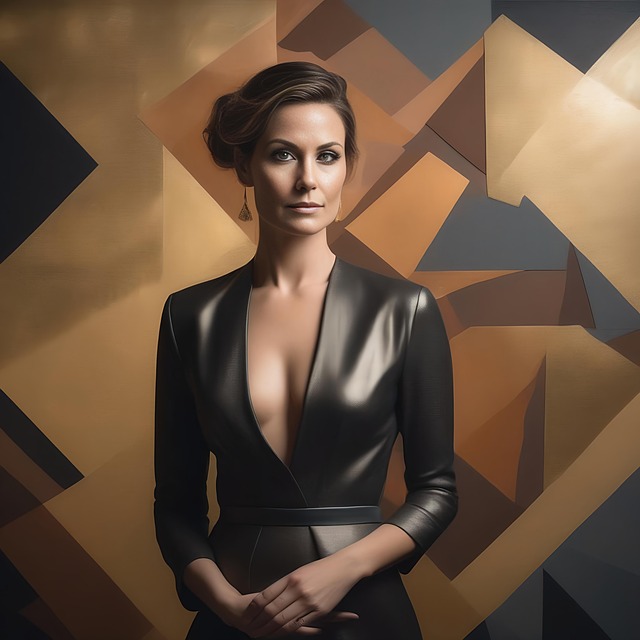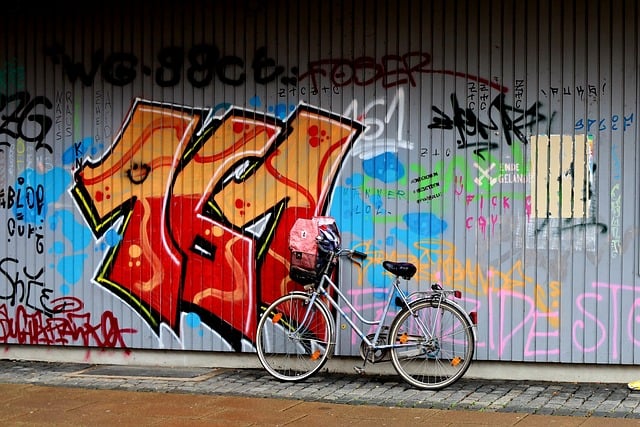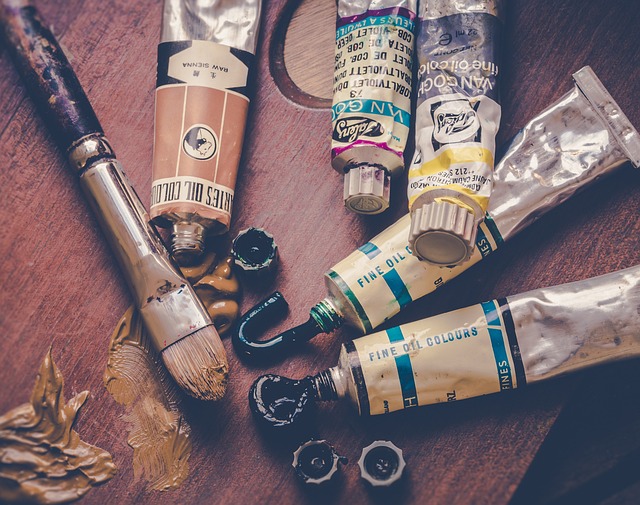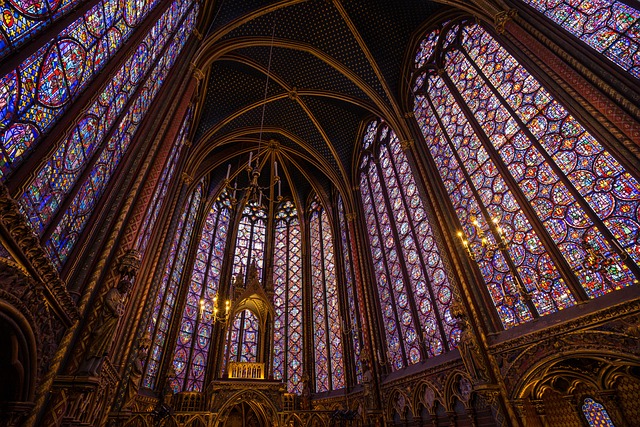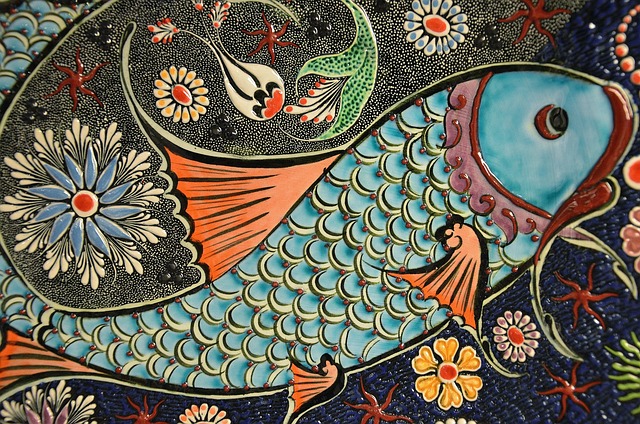# The Intersection of AI and Art: Redefining Visual Expression in the Digital Age
The advent of artificial intelligence (AI) has ushered in a new era of creativity, where traditional boundaries of art are being challenged and redefined. As technology continues to evolve, artists and technologists alike are exploring the potential of AI to enhance, augment, and even create visual expressions that were previously unimaginable. This article delves into how AI is reshaping the art world, examining its implications for artists, the creative process, and the broader cultural landscape.
## AI as a Collaborative Tool for Artists
In recent years, numerous artists have begun to embrace AI as a collaborative partner rather than a mere tool. By leveraging machine learning algorithms, artists can generate unique visual outputs that reflect their personal styles while simultaneously pushing the boundaries of their creativity. For instance, platforms like DeepArt and Runway ML allow artists to input their own images and apply various AI-driven styles, resulting in artworks that blend human intention with algorithmic innovation.
Collaboration with AI does not diminish the role of the artist; instead, it enhances their creative toolkit. Artists can experiment with different aesthetics, color palettes, and forms, generating a plethora of options that inspire further exploration. This symbiotic relationship encourages artists to think beyond conventional techniques, inviting them to engage in a dialogue with technology that enriches their artistic practice.
Moreover, the integration of AI into the creative process has democratized art-making. Individuals who may lack traditional artistic skills now have the opportunity to experiment with visual expression using AI-driven applications. This accessibility opens the door for diverse voices and perspectives, fostering a more inclusive art community. The result is a vibrant tapestry of creativity that reflects a wide array of experiences and backgrounds.
## The Role of Generative Art in the Digital Landscape
Generative art, a form of art created through algorithms, has gained significant traction in the digital age. Artists harness the power of AI to produce works that evolve in real-time, responding to inputs from the environment or viewer interactions. This dynamic nature of generative art challenges the notion of a static artwork, inviting audiences to engage with the piece in a more interactive manner. The experience becomes a collaboration between the artist, the algorithm, and the viewer.
Notably, generative art has also found its place in public installations and exhibitions. Artists like Refik Anadol utilize AI to create immersive environments that transform spaces into living canvases. By analyzing vast datasets, these installations can reflect patterns and trends from the world around us, creating a visual narrative that resonates with contemporary society. Such works not only captivate audiences but also provoke critical discussions about the role of technology in our lives.
The rise of generative art also raises questions about authorship and originality. As algorithms produce unique variations of artwork, the traditional concept of the artist as the sole creator becomes blurred. This shift challenges the art community to reconsider how we define creativity and ownership in an age where machines can generate works that are indistinguishable from those created by human hands. The dialogue surrounding these issues is vital as we navigate the complexities of art in the digital era.
## The Cultural Implications of AI in Art
The intersection of AI and art extends beyond individual creativity; it has broader cultural implications that are reshaping our understanding of visual expression. As AI-generated art gains prominence, it prompts critical reflections on the nature of creativity, authenticity, and the human experience. The question arises: can a machine truly create art, or is it merely a reflection of the data it has been fed?
Critics argue that AI-generated art lacks the emotional depth and intention that characterize human-created works. Art has historically served as a vehicle for expressing human experiences, emotions, and societal critiques. In contrast, AI operates on patterns and probabilities, raising concerns about the authenticity of its creations. However, proponents of AI art contend that the technology can serve as a mirror, reflecting human culture and providing new insights into our collective psyche.
Additionally, the proliferation of AI-generated art has implications for the art market. As collectors and galleries begin to embrace AI artworks, the value of traditional art forms may be called into question. The democratization of art-making, facilitated by AI, challenges the exclusivity that has long defined the art world. This shift could lead to a more equitable distribution of artistic recognition and financial success, allowing emerging artists to gain visibility alongside established names.
In conclusion, the intersection of AI and art is redefining visual expression in profound ways. By acting as a collaborative tool, AI empowers artists to expand their creative horizons and engage with technology in innovative ways. Generative art challenges traditional notions of authorship and originality, creating dynamic experiences that invite audience interaction. Moreover, the cultural implications of AI in art provoke critical discussions about creativity, authenticity, and the future of artistic expression.
As we navigate this evolving landscape, it is essential to embrace the potential of AI while remaining cognizant of its challenges. The dialogue between technology and artistry will continue to shape the future of visual expression, offering new opportunities for creativity and reflection in the digital age. Ultimately, the fusion of AI and art invites us to reconsider what it means to create and experience art in an increasingly complex world.







